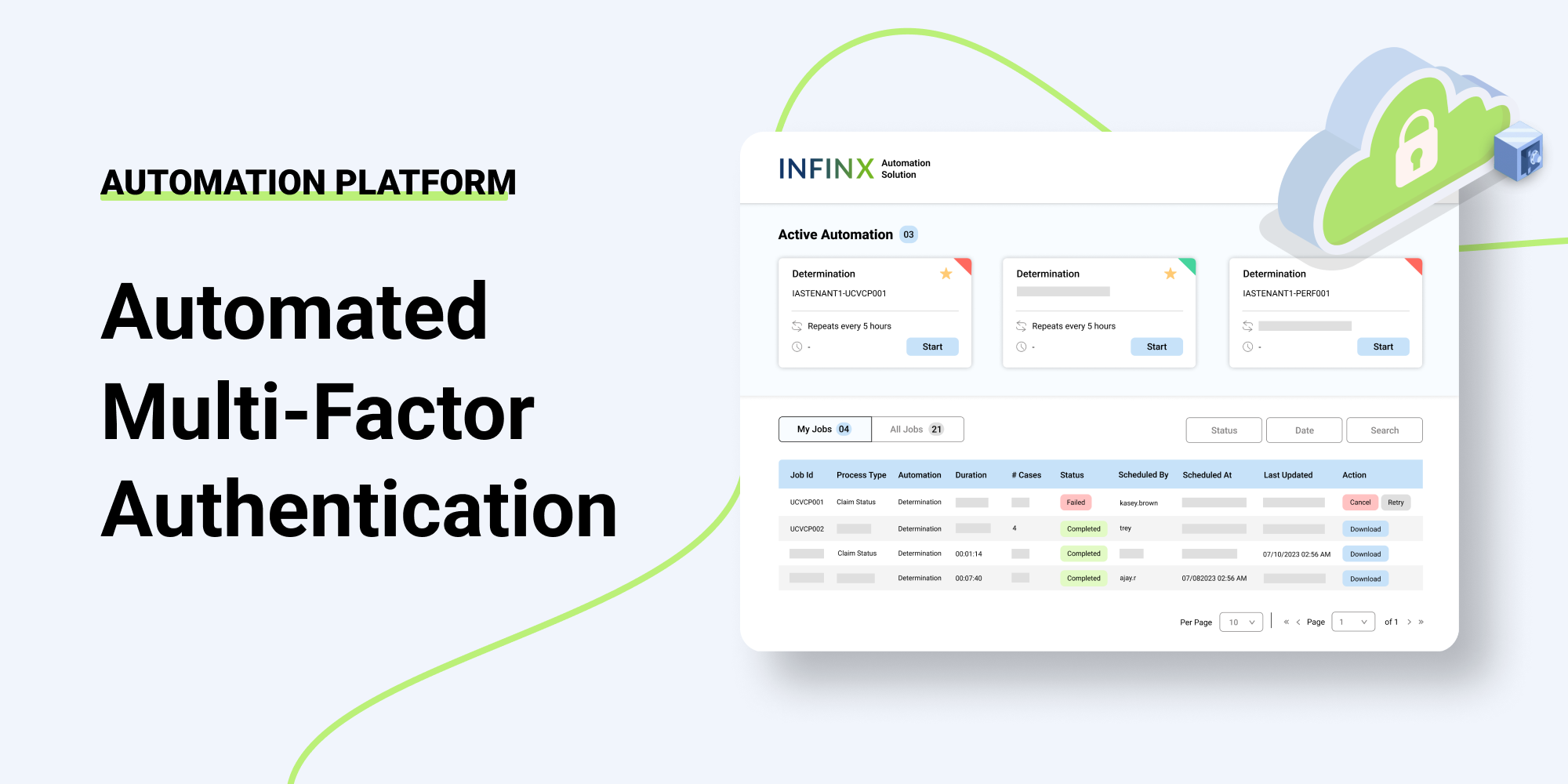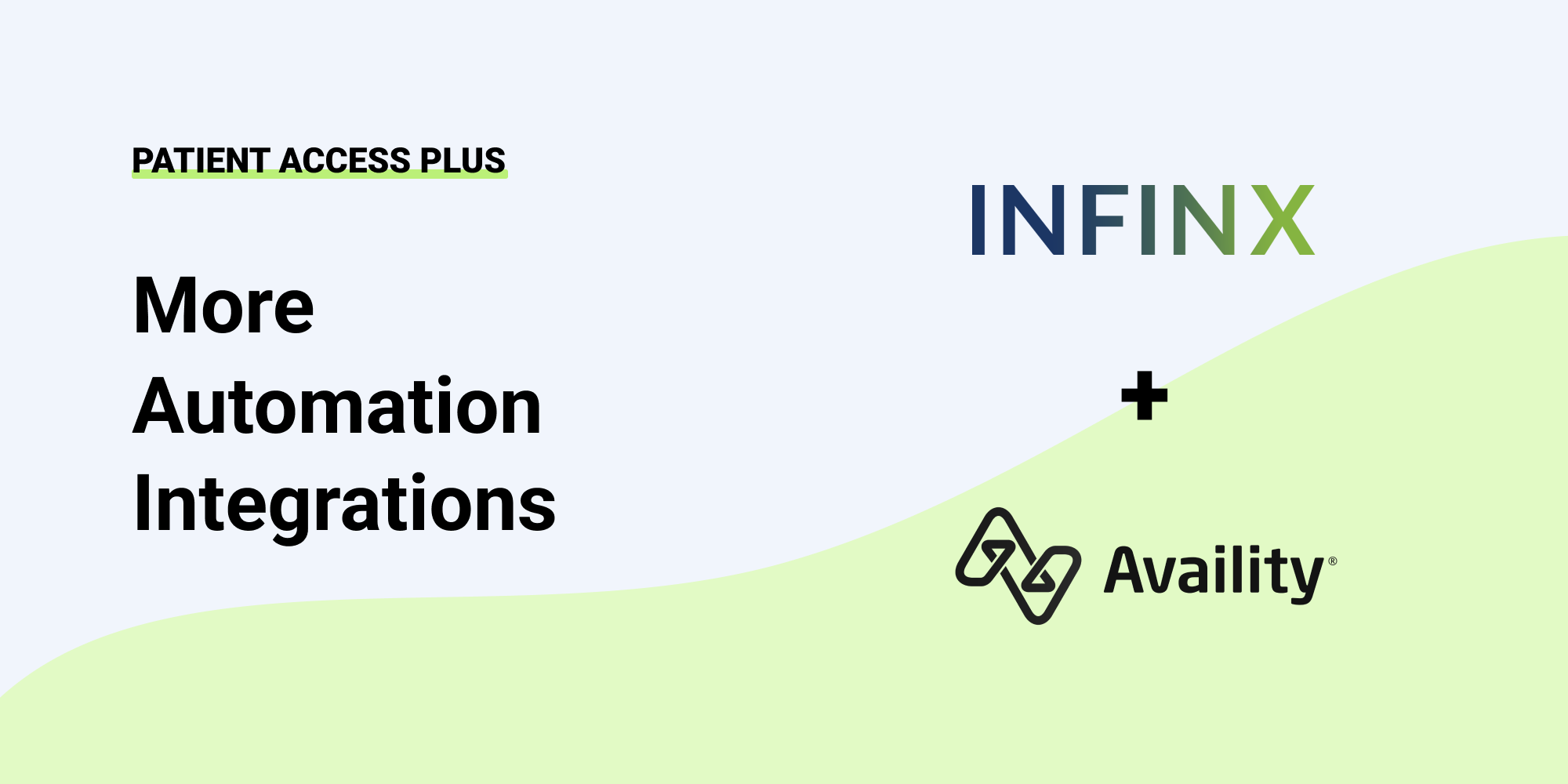During the last three years, hospitals have seen massive swings in how they operate and dispense care to their local communities. Today, leaders are still figuring out how to rebuild in the COVID world. With the worst of the crisis over, they are now facing staffing shortages and ever more complex and demanding payer and governmental policies. Revenue is at risk.
One promising place to find revenue is in accounts receivable or AR. Our clients that address their 60-, 90-, and 120-day AR are recouping millions at a very positive ROI.
Build Better AR Incrementally But Successfully
You know you’re making money, but when much of it is locked up in AR, facing the costs and effort to recoup it makes deploying a successful AR strategy seem pointless. Here, we’ve broken down how you can attack your AR step by step, focusing on one issue first and building from there. We call it the Crawl-Walk-Run AR strategy.
Our crawl-walk-run strategy may sound counterintuitive or too slow to you. After all, you need as much as you can get as fast as you can get it. But, as we’ve seen too often, an aggressive, scattershot approach can backfire. When healthcare leaders take the “move fast and break things” approach, they become overwhelmed and stall out. We encourage them to reframe their AR strategy as a journey of successful incremental steps where they crawl before they walk and walk before they run.
While it may sound less exciting than a sizzling-fast skyrocket start-up approach, we’ve consistently found that our clients who take a crawl-walk-run approach for optimizing AR recover far more revenue both now and over the long-term. The complexity of the current healthcare system is too monolithic to respond to a “move fast and break things” style.
Step 1 – Crawl: Examine and Benchmark
Your first crawl-walk-run task is to measure. Sure, measurement can feel slow but it’s critical.
Author and business management guru Peter Drucker first coined the phrase, “If you can’t measure it, you can’t improve it.” And you’re determined to improve.
By taking baseline measurements of AR to examine which buckets need the most attention and which issues cause the most revenue leakage, you create a clear foundation from which to grow. You build that foundation with your data and metrics. We discuss a few [metrics for examining AR in this article]. You also start getting an idea of what of your AR tactics are working and which are not working. These insights help you make actionable and meaningful decisions.
Example: It is difficult (or impossible) to chase down A/R if charges have not been liquidated routinely, bad debt written off, and contractual adjustments accounted for.
Step 2 – Walk: Create a Workflow and Consider Automation Tools
With your examination and benchmarking complete, you’ve achieved a comprehensive view of the addressable AR. Your challenges and your successes should be laid out in front of you.
You’re walking at a reasonable pace to determine which to address first. Before you dive into any issue like bad debt write-offs or the 120-day bucket, you’ll need a documented workflow or a partner that can help you build a documented workflow. Examine your aged inventory. A high volume of claim follow-up may require outsourcing.
Because each provider or hospital has unique challenges and opportunities, there’s no one-size -fits-all solution to designing your workflows. All providers need strong workflows and processes to create a successful AR strategy.
Today’s solution providers offer extensive expertise to guide you. A solution provider can design and implement an AR strategy workflow and provide the automation and/or trained specialists to carry out your workflows.
Example: If writing off bad debt is one of your initial goals, come up with steps to clean it up. 1. Make a list of accounts least likely to pay first. 2. Send them to write-offs. 3. Then focus on where the remaining cash lies and chase it.
Step 3 – Run: Find Your Best Opportunity for Recovering Cash
Of course, running is the fun part.
At this point, you (with or without your solution provider) examine your findings to discover where you think you can get the most cash. You may be surprised that there are some really easy things you can do to get cash generation going. Now.
Start by finding a procedure or department that, while lucrative, has significant revenue stuck in A/R. Create a clear strategy to unlock that single cache. Put together a project team to execute the strategy.
Many hospitals and providers quickly find that, not only do they recoup that money, they achieve insights along the way that help them achieve wins in that issue and an overall decline in AR going forward.
In this process, you also uncover the other points in your revenue cycle that are contributing to aging AR. It could be a prior authorization or eligibility and benefits issue on the front-end that’s building up old accounts in the back. If that’s the case, you will need to create remedies for these original issues or AR will not improve. With every step optimized, your likelihood of sending out clean claims and getting paid for them the first time rises.
Finally, another advantage in taking the time to thoroughly explore this first issue is that it often reveals the next most promising area to tackle.
Example: one of our acute care facility clients started by focusing just on their 120-day+ A/R. Sixty days after deploying an AI recovery solution, they started recouping $500,000 per month. By the end of the year, they had recouped a little over $6 million in additional cash.
Optimizing AR During a Staffing Crisis
All of these clear steps probably sound great to you, but…you need the capacity to carry them out. The healthcare staffing crisis–with a 30% annual attrition rate–isn’t going to change anytime soon. Faced with mounting administrative backlogs in both front- and back-offices, over the past 3 years, many hospitals and providers turned to technology to maintain continuity of care.
Technology To the Rescue…At A Price
Most hospitals today find that using an AI-driven revenue recovery solution helps them win substantial revenue recovery at a positive ROI and with little work on the part of their team.
Of course, as a healthcare technology company, we’re going to recommend technology as your answer. The issues today are so dire, however, that most solution-agnostic hospital organizations, thought-leaders, and publications, too, are urging hospitals and networks to rely on technology.
Still, healthcare leaders face significant obstacles in implementing new solutions. These include:
- Budget concerns
- Needs uncertainty
- Intimidation on the part of hospital leadership
- Lack of hospital staff and resources to implement new technology
- Competing departments and leaders that cannot agree
All of these barriers—even the anxiety over budget—are surmountable with the right SaaS technology solution.
Hospitals can make the costs for the technology work within their budget at a positive ROI. First, when a solution provider offers a pilot program, no payment is collected upfront. It’s only due once revenue is recouped. When a client wants a solution provider to roll out a solution in full rather than via a limited pilot program, the client may still have the option to pay according to a percentage of revenue recouped.
And then there’s the hassle and bandwidth pressure a new SaaS technology could require. Rest assured that solutions exist that don’t require long, expensive implementation or training cycles. The vast majority of the work is conducted by the SaaS company’s automation along with trained specialists as needed. Requiring little involvement from limited hospital staff, the right solution should show positive results quickly (within weeks).
As for needs uncertainty, some solutions are flexible enough to serve long-term or as an immediate stop-gap measure.
Finally, when a stakeholder shows signs of intimidation, typically sharing case studies and recommendations from similar facilities that have achieved robust results with the solution helps improve the comfort level. Emphasizing the necessity of unlocking cash can move stakeholders to act.
Top 3 AR Challenges This Year
Payer and governmental guidelines and restrictions are continuing to stifle hospital and provider revenues. There’s no getting around that. But our experience with clients across the country shows that step-by-step improvements to your processes really deliver results. Your first step is to get an assessment of your AR’s challenges and opportunities.
One trap we’ve seen healthcare leaders falling into when partnering with a solution is trying to do too much immediately or over-scrutinizing one area. Getting lost in the weeds and failing to create clear steps to rectify each AR issue from end to end robs the team of the positive results that help them win more AR strategy buy-in. The key is to start by tackling one to three good opportunities, using a clear strategy for rectifying each, and building from there. Don’t ruminate. Don’t get distracted. Act and follow through.
Finally, we’ve seen that healthcare leaders that hesitate to ask for technological and subject matter help just don’t make progress. With 23% of U.S. GDP coming from healthcare, many smart minds exist that can provide quick guidance on which aspects of your AR can be made more efficient. These experts are current on how to adopt new approaches and new technologies to solve dozens of critical hospital AR issues. Those without this expertise tend to spin their wheels and face the same AR issues next year all over again.
Succeed This Year with a Crawl-Walk-Run AR Strategy
Adopting a Crawl-Walk-Run AR Strategy increases meaningful action and helps hospitals develop a laser focus on improving A/R for this year and beyond.
If you’d like to optimize your A/R strategy this year, schedule a demo of our AI-powered A/R and Denial Management platform here. It works with you to prioritize claims for rework and expedite revenue recovery.


